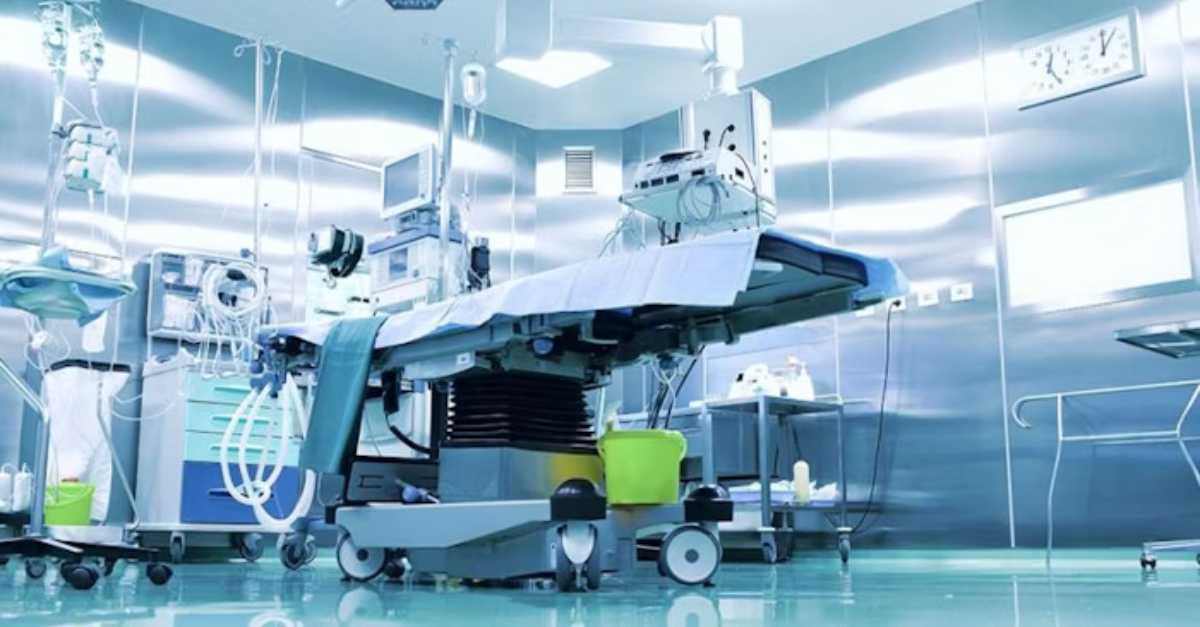
Solving for Common Facilities Management Challenges
Discover how Accruent solutions can help your facilities management teams solve their most pressing challenges.
Solutions
Workplace Management Solutions
Real Estate Management Solutions
Maintenance Management Solutions
Energy Management Solutions
Engineering Document Management Solutions
Asset Management Solutions
Automate campus scheduling for classes, meetings, and exams with our EMS software.
Plan and manage conferences effortlessly with EMS software to impress guests and streamline operations.
Boost workplace flexibility and maximize space use with seamless desk and room booking.
Organize workplace or campus events smoothly, creating memorable experiences.
Optimize workspace, manage allocations efficiently, and reduce costs with our space management solutions.
Deliver projects on time and within budget by improving communication, collaboration, and efficiency with our software.
Streamline lease accounting for ASC 842, IFRS, and GASB compliance.
Manage leases efficiently by tracking key dates, analyzing costs, and ensuring compliance.
Centralize data and analytics for better insights, faster negotiations, and revenue growth.
Centralize facility and asset maintenance, automate work orders, and ensure compliance with our CMMS software.
Extend asset life, reduce downtime, and prevent costly repairs with data-driven monitoring.
Prevent equipment failures and extend asset life by detecting and addressing issues early.
Make sustainable, cost-efficient energy decisions by monitoring and optimizing power consumption.
Remotely monitor and control equipment with real-time data to predict issues, boost efficiency, and reduce downtime.
Easily share and collaborate on documents, creating a single source of truth for engineers and contractors.
Manage and analyze assets across their lifecycle to schedule maintenance, reduce downtime, and extend lifespan.
Improve visibility, automate work orders, and ensure compliance for efficient facility and asset management.
Resources
Browse our full library of resources all in one place, including webinars, whitepapers, podcast episodes, and more.
Support
Looking for access to technical support, best practices, helpful videos, or training tools? You’ve come to the right place.
About Accruent
Get the latest information on Accruent, our solutions, events, and the company at large.

See how adopting an AEM program can help your healthcare organization save significant resources without sacrificing patient safety or care.
By Al Gresch, VP of Client Success, Accruent Healthcare
By adopting such Alternate Equipment Management (AEM) programs, providers can save significant resources without sacrificing patient safety and care throughput.
While it is possible to use data collected within a single provider to make such decisions, due to the small number of equipment of the same brand and model typically installed in each institution, it would take many years to accumulate enough data to start an AEM program. Since CMS accepts the use of data collected elsewhere, an Asset and Maintenance Management provider with a large installed base and a proven methodology to collect and analyze a large amount of service data can help its customers deploy AEM quickly and easily.
With approximately 55% of the United States hospitals as customers, Accruent can take advantage of extensive data as well as data scientists devoted to analyzing this data. To ensure cleanliness and normalization, Accruent captures as much data as possible to draw data conclusions. As a result, clinical engineering or Healthcare Technology Management (HTM) and Facilities (HFM) departments can draw upon Accruent’s data to justify manufacturer deviations.
For an organization trying to implement AEM programs, there can be several challenges involved in the process. If the organization’s rationale for implementation is specifically to save time and increase technician productivity, those reasons are not acceptable to regulatory agencies. Whatever an organization does when implementing external solutions, it cannot negatively impact patient safety. For any potential AEM decision that is to be made, an extensive amount of data is needed to support it. Not only must you have a good rationale for making deviations for procedures or intervals, you also must be able to perform continuous monitoring of failure rates to ensure these deviations have not negatively impacted safety. This process is not difficult, but incredibly important.
There are outliers, of course, in terms of what equipment can and cannot be included in an AEM implementation. Organizations cannot deviate from these categories of equipment:
Extensive studies conducted in the last several years by consultants and researchers have indicated that Evidence-Based Maintenance (EBM) is one of the best and most straightforward methodologies for selecting equipment for AEM, as well as confirming AEM’s safety and effectiveness as required by CMS.
An EBM is, in essence, a continual improvement process that analyzes the effectiveness of maintenance resources and processes deployed in comparison to outcomes achieved previously, or elsewhere, and makes necessary adjustments to maintenance planning and implementation. Evidence-Based Maintenance is based on the same principles as Evidence-Based Medicine, also known as the scientific method, in order to raise accuracy and dependability. By using EBM methodology to implement an AEM program, an organization can be confident that they are on the path to doing more with less.
Every healthcare organization is faced with the task of doing more with less and looking for ways to increase general efficiency.
Consider this real-life example. An Accruent client studied a group of medical devices that exceeded the established failure rate threshold and looked for ways to increase frequencies or add steps to the PM procedure to lower the threshold and failure rates. By investing in an additional 135 planned maintenance hours, the client garnered over 1,500 annual hours in reduced corrective maintenance. After extensive customer interviews and consultations, Accruent has found that most healthcare organizations are at about 1,000 annual device hours per technician. Through using an AEM solution, the customer garnered over 3,000 annual hours in reduced planned maintenance, the equivalent of two full time employees worth of annual device hours.
If organizations are not analyzing data to this degree, then they may miss opportunities to save time and increase efficiency. Data shows that while Health Delivery Organizations are acquiring more equipment, these organizations are not hiring more healthcare professionals, even as many experienced professionals are retiring. Therefore, it is increasingly imperative to work smarter instead of harder. AEM and EBM outcome studies have shown that it is possible to do the right maintenance correctly and at the lowest possible cost.
Discover how Accruent solutions can help your facilities management teams solve their most pressing challenges.
Discover three ways Accruent’s FAMIS 360 facilities asset management solution can help you react, plan and prepare for a safe and clean future at ...
Explore the challenges of facilitating a safe return to the workplace and effectively manage both common and uncommon spaces.
Subscribe to stay up to date with our latest news, resources and best practices.
* To unsubscribe at any time, please use the “Unsubscribe” link included in the footer of our emails.